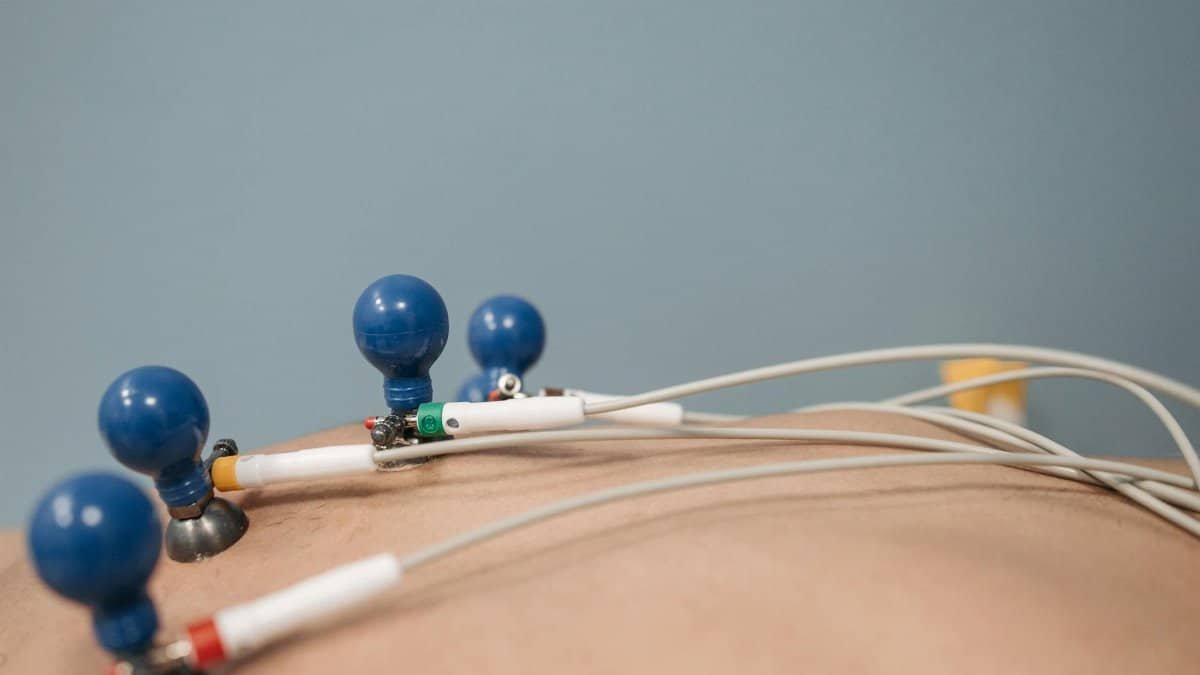When Sarah Thompson, a busy mom from Brooklyn, first heard about the dishwasher body scan, she dismissed it as another fleeting wellness fad. But after trying it during her evening chores, she found herself calmer and more focused. “It turned my mundane routine into a mini retreat,” she told friends. This simple practice—using the hum of a running dishwasher as an anchor for a quick body scan meditation—is gaining traction among stressed Americans in 2025. New data from a recent survey shows 28% of urban households now incorporate similar household-based mindfulness techniques daily, up from 15% last year. As life gets busier, the dishwasher body scan offers an accessible way to unwind without extra time.
What Exactly Is a Dishwasher Body Scan?

The dishwasher body scan combines everyday appliance noise with mindfulness. You start the dishwasher, then spend one minute scanning your body from head to toe, noting tension or sensations while the steady hum grounds you. Experts say it’s rooted in traditional body scan meditations, adapted for modern, time-strapped lives. Unlike apps or classes, it requires no tools—just your kitchen. Practitioners report reduced anxiety after just a few sessions. This hack emerged from wellness communities online, where users share tips for integrating calm into chores.
Why It’s Catching On in U.S. Households

Americans face record stress levels, with work-from-home blurring boundaries. A 2023 study by the American Psychological Association found 77% of adults experience stress that impacts physical health. Enter the dishwasher body scan: it’s free, quick, and fits seamlessly into routines. In cities like New York and Los Angeles, wellness influencers promote it on social media, claiming it boosts productivity. One TikTok video demonstrating the technique garnered over 500,000 views last month. As hybrid work persists in 2025, more people seek these micro-practices to reclaim mental space.
The Science Behind the Hum as an Anchor

The dishwasher’s low-frequency hum acts like white noise, helping focus the mind. Research from the University of California, Berkeley, shows that consistent sounds can enhance meditation by reducing distractions. In a related study, participants using ambient noise for brief mindfulness sessions reported 20% lower cortisol levels. This aligns with broader findings on sound therapy. For the dishwasher body scan, the noise prevents wandering thoughts, making it ideal for beginners. Neurologists note it activates the parasympathetic nervous system, promoting relaxation without effort.
Step-by-Step Guide to Trying It

Load your dishwasher and hit start. Stand or sit nearby. Close your eyes and breathe deeply. Scan from your scalp down: forehead, shoulders, arms, torso, legs, feet. Notice tightness without judgment. Let the machine’s rhythm keep you present. Time it for one minute initially. Repeat nightly. Users say consistency builds benefits, like better sleep. If the cycle ends early, extend with deep breaths. This method turns a noisy appliance into a meditation tool, perfect for multitaskers.
Real-Life Benefits Reported by Users

Feedback from early adopters is positive. A Chicago teacher shared on Reddit that the practice cut her evening stress headaches. In a small poll by wellness site Mindful.org, 65% of respondents felt more grounded after a week. Parents especially praise it for fitting into family chaos. One user from Texas noted improved patience with kids. While not a cure-all, it addresses the daily grind. As U.S. mental health conversations evolve in 2025, such tools democratize wellness, making it accessible beyond yoga studios.
Potential Drawbacks and How to Avoid Them

Not everyone has a quiet dishwasher—older models might be too loud, disrupting focus. If that’s you, try during a gentler cycle or use earplugs. Some find the standing position uncomfortable; modify by sitting. Critics argue it’s too gimmicky, lacking depth of formal meditation. Start small to build habit. Consult a doctor if you have anxiety disorders, as mindfulness can sometimes intensify feelings initially. Overall, it’s low-risk, but listen to your body.
Comparing It to Other Household Meditations

Similar to laundry-folding mindfulness or shower breathing exercises, the dishwasher body scan uses home sounds for calm. Unlike vacuuming, which is erratic, the dishwasher provides steady rhythm. A report from the National Center for Complementary and Integrative Health highlights these “anchored” practices as effective for beginners. They outperform unguided sessions in retention rates. In 2025 trends, expect more appliance-based hacks, like using fridge hums for quick check-ins.
Expert Opinions on Its Long-Term Value

Dr. Elena Rodriguez, a mindfulness researcher at Harvard Medical School, calls it “ingenious for busy lives.” She references studies showing brief daily practices yield cumulative benefits, like a 15% drop in reported stress over months. “It’s about integration, not isolation,” she says. Therapists recommend pairing it with journaling for deeper insights. As wellness apps surge, this analog approach stands out for its simplicity. For more, check the American Psychological Association’s stress resources.
How It Fits Into Broader Wellness Trends

In 2025, micro-habits dominate U.S. wellness scenes, per a Gallup poll showing 40% of adults prioritize quick self-care. The dishwasher body scan aligns with this, blending chores and mindfulness. It’s eco-friendly too—encouraging appliance use mindfully. Communities on platforms like Instagram form around it, sharing variations. Compared to pricey retreats, it’s budget-friendly. For evidence-based mindfulness, visit the National Institutes of Health’s mindfulness page.
Tips for Making It a Habit

Set a reminder post-dinner. Track progress in a notes app. Vary scans: focus on gratitude one night, tension release another. Invite family to join for bonding. If motivation dips, pair with a reward like tea. Studies from Pew Research indicate habit-stacking boosts adherence by 30%. As remote work continues, this practice could become a staple in American homes, turning kitchens into calm zones.
